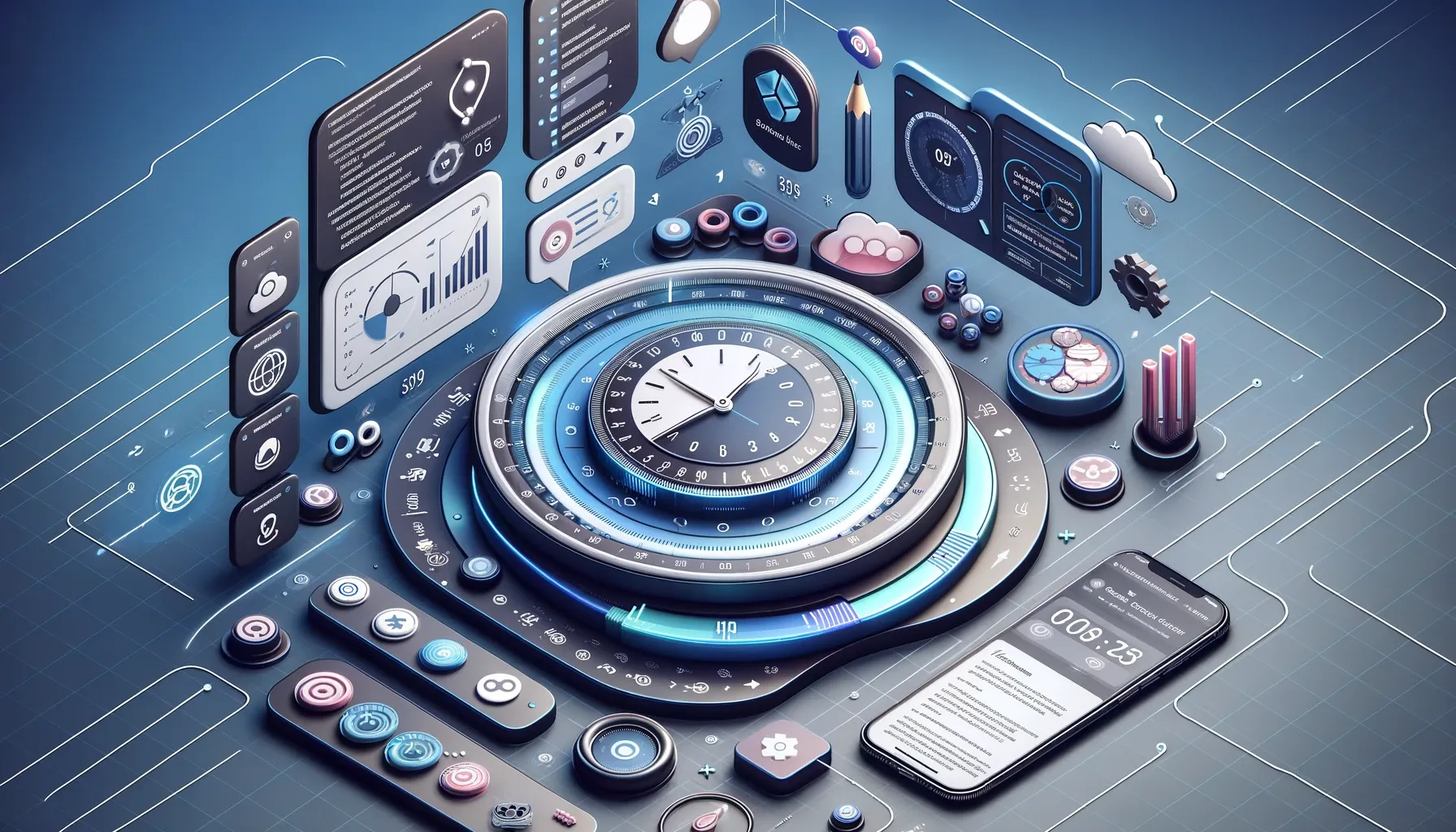Unraveling the Mysteries of React Native's InteractionManager

In the bustling world of mobile app development, React Native has carved out a niche for itself, enabling developers to craft beautiful, native applications using the familiar and beloved React framework. Among the many utilities that React Native offers, the InteractionManager stands out as a pivotal tool for optimizing the performance of your application. This blog post aims to demystify the InteractionManager, explaining its purpose, how it works, and when you should use it.
What is the InteractionManager?
At its core, the InteractionManager is a utility module provided by React Native that helps manage long-running tasks and ensures they do not interfere with critical interactions such as animations or gestures. It effectively queues tasks that are potentially heavy on performance and executes them during periods of minimal user interaction, thereby maintaining a smooth and responsive user experience.
How Does It Work?
The InteractionManager works by delaying the execution of tasks until after interactions and animations have been completed. It provides a simple API with two main functions:
runAfterInteractions(): This method takes a callback function as an argument. The callback contains the task you want to delay. This method ensures that the task will not start until all interactions have been completed, thus preventing any potential jank or stutter in animations.createInteractionHandle(): This method returns a handle to an interaction. It can be used in conjunction withclearInteractionHandle()to manually manage long-running interactions.
When you use the runAfterInteractions() method, it places your task in a queue. If there are ongoing interactions, such as a swipe gesture or an animation, the tasks in this queue will wait. Once the system detects that these interactions have finished, it begins to execute the queued tasks one by one.
Practical Use Cases
The InteractionManager shines in scenarios where you have tasks that are not immediately critical to the user experience but still need to be executed soon. Here are some practical examples:
- Loading Data: When navigating to a new screen, you might want to prioritize the screen transition animation over fetching new data. Using the InteractionManager, you can defer the data fetch until the transition is smooth and complete.
- Heavy Initialization: If your app includes complex setup processes (e.g., setting up charts or maps), these can be deferred to ensure that the app remains responsive during its initial load or during navigation between screens.
- Batched Updates: In cases where you need to perform batch updates to your state or database that are not urgent, deferring these updates can prevent blocking the UI thread.
Best Practices
While the InteractionManager is a powerful tool, it's essential to use it judiciously. Here are some best practices:
- Prioritize User Interactions: Always ensure that user interactions are smooth and responsive. Use the InteractionManager to defer tasks that might hinder these interactions.
- Test Performance: Use performance profiling tools to identify the parts of your app that benefit most from deferred execution.
- Avoid Overuse: Deferring too many tasks can lead to them piling up, potentially causing delays in execution. Be strategic about what you defer.
Conclusion
React Native's InteractionManager is an invaluable tool for optimizing the performance of your mobile app. By understanding how and when to use it, you can significantly enhance the user experience, ensuring that your app remains responsive and delightful to use, even when performing heavy tasks. As with any optimization tool, the key is to use it wisely and in moderation, guided by the specific needs and behaviors of your application.
Whether you're a seasoned React Native developer or just starting, incorporating the InteractionManager into your performance optimization strategy is a step toward building smoother, more efficient mobile applications.
